
We all know how much our skin is sensitive not only to the external factors and various pathogens, but also to the internal disorders and diseases, which has for a consequence the development of many skin problems among which is the shingles disease. This skin disease is generally known as herpes zoster and it is manifested through the emerging of the painful blisters on the surface of the skin.
The virus which induces chickenpox in the humans is responsible for the occurrence of the shingles disease as well, and its name is Varicella Zoster Virus, abbreviated VZV. Therefore, those people who suffered from chickenpox in their childhood are the most susceptible to the development of the herpes zoster. Once the virus penetrates the body, it remains there for the rest of the life, though inactive, at least until triggered by some factors that cause the disease.
Symptoms of shingles disease
When one develops the shingles disease, he/she experiences high fever for about four of five days, which is accompanied by constant headaches. The general feeling of exhaustion and low body energy, stomach problems and sudden chills are also some of the signs of this skin disease. Furthermore, the people with this disease usually experience unbearable itching where the rash appears, as well as the outbreak of painful blisters. When this rash with the blisters appears on the area from the spine to the chest, it is a sure sign that the person has developed the shingles disease.
Chronic neuralgia may be developed if the shingles disease is not treated promptly and if it has progressed. Some other complications that may arise from the untreated shingles disease are loss of eyesight, pneumonia, hearing problems and even encephalitis, which is the name for the brain inflammation. In the most severe cases, even death may result from the untreated shingles disease.
Is shingles a contagious disease?
It cannot be said that the shingles disease is fully contagious even though the virus that causes it can be spread through some opening on the skin (like wound or blister, for example). On the other hand, the virus cannot spread though sneezing or coughing and therefore, it is not considered to be the fully contagious disease.
The shingles disease is only infectious when the blisters are formed and only to the time until the crust develops. During this time, the infected person should take some precautions as not to infect the people in the surrounding.


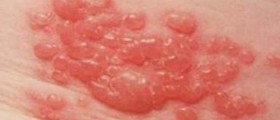
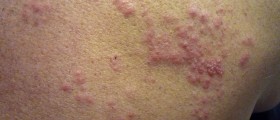

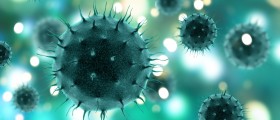



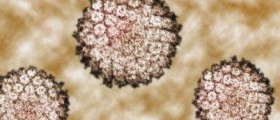




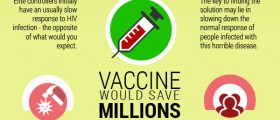


Your thoughts on this
Loading...